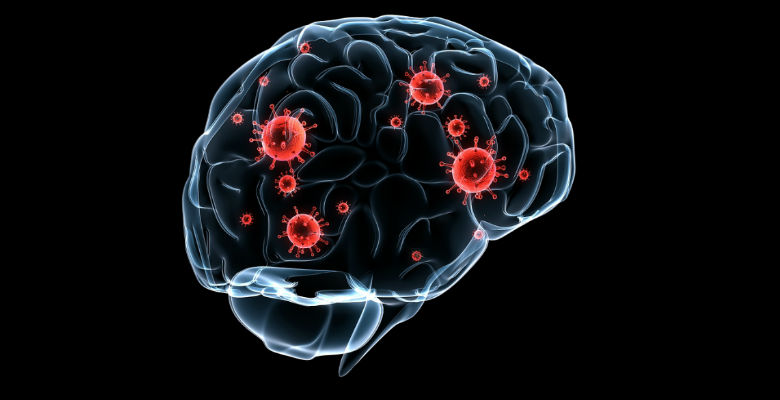Brain-Eating Amoeba In U.S. Water Supply

Louisiana health officials are using chlorine to kill a brain-eating amoeba lurking in the water supply
The Louisiana Department of Health and Hospitals announced that deadly brain-eating amoeba Naegleria fowleri was found in the water system of St. John the Baptist Parish. The water system where the amoeba was found serves 12,577 people in three Louisiana towns.
The disease is almost always fatal, and according to the CDC, just three out of at least 132 people have managed to survive the infection in the U.S. between 1963 and 2013. The pathogen was responsible for at least three deaths in Louisiana parishes since 2011, including a 4-year-old boy last summer, who died after contracting the infection from using a slip-in-slide.
The microscopic pathogen can cause a deadly form of meningitis or a swelling of the brain, and as the disease progresses, infected people can have seizures, altered mental status, hallucinations and slip into a coma. According to the CDC, early symptoms of a Naegleria infection include a severe frontal headache, fever, nausea and vomiting.
Officials say Naegleria cannot be contracted through drinking contaminated water and claim the water will still be safe to drink, but can be deadly if contaminated water travels up into the nose. Families are urged to take special precautions while bathing or swimming in a pool, showering or washing your face.
Officials have not found the source of the contamination, but have found a water supply that was vulnerable to contamination due to chlorine disinfectant levels below the required threshold. The department will flush the system with extra high levels of the chlorine disinfectant for sixty days to kill any lingering amoebas in the system.1
In addition to the risk of Naegleria, the increased levels of chlorine disinfectant could potentially pose a risk to residents. Officials plan to monitor levels daily, but an increase in chlorine levels above safe thresholds poses an immediate health threat. In addition, increased Chlorine will introduce additional THM’s and TTHM’s, disinfecting byproducts of chlorine, into the water supply.
According a University of Florida report, these disinfecting byproducts contain carcinogens that pose an increased risk of cancer, as well as mutagens, which alter DNA. In addition, these disinfecting byproducts are linked to bladder cancer, heart, lungs, kidney, liver, and central nervous system damage, as well as reproductive problems and miscarriage.2
Additional point-of-use (POU) water filtration can be effective in reducing many forms of water contamination. POU water treatment devices are recommended by the CDC and USEPA as one treatment option for reducing risks of chemicals, contaminates, and infectious agents transmitted by drinking water. Activated carbon filters are especially good at absorbing organic material including chlorine, many of chlorine’s disinfecting byproducts, and even some microorganisms.
It is advised to be careful, when searching for an activated carbon filter, as the filter itself can become a breeding ground for microorganisms such as bacteria and viruses as it absorbs and holds them within the filter. Special EPA registered filters are made with “silver impregnated” carbon material and are designed to kill the bacteria that is absorbed into the carbon.
Source(s):
abcnews.go.com
ewg.org
healthy-holistic-living.com
Health Freedom Alliance
Health & Wellness Foundation
CHAD Foundation
http://www.healthfreedomalliance.org
http://www.healthfreedoms.org/brain-eating-amoeba-in-u-s-water-supply/